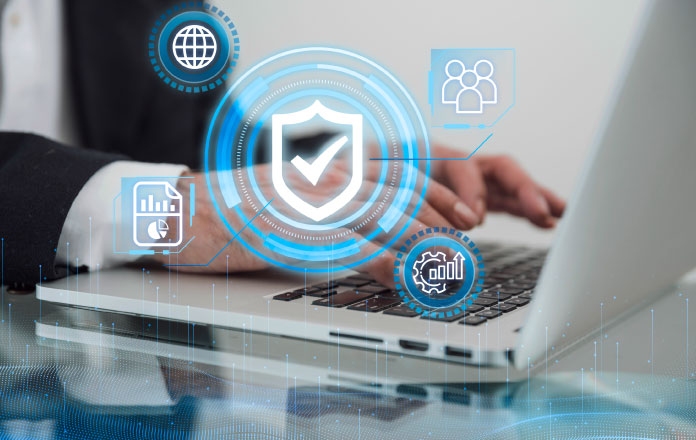Today, many organizations—like clubs, associations, and online platforms—collect personal data from their members. This data often includes names, emails, phone numbers, and even payment information. That’s why keeping this information safe is more important than ever.
If member data is leaked or stolen, it can hurt both the members and the organization. Also, there are strict laws that every organization must follow to avoid legal trouble. In this article, we’ll explain in simple terms how to keep member data secure and follow the rules correctly.
1. Use a Secure Membership Management Tool
The first step is to choose software that’s built to keep data safe. A sound membership system should:
- Protect data using encryption
- Allow only authorized staff to access certain information
- Make regular backups to prevent data loss
- Help with legal compliance (like showing consent forms)
Tools like WildApricot, MemberClicks, and YourMembership are examples of safe systems used by many organizations today.
2. Follow Privacy Laws Like GDPR and CCPA
Laws like the General Data Protection Regulation (GDPR) in Europe and the California Consumer Privacy Act (CCPA) in the U.S. are designed to protect people’s personal information.
To follow these laws, organizations must:
- Get permission before collecting personal data
- Let members view, change or delete their information
- Only collect the data they actually need
Breaking these laws can lead to huge fines, so it’s essential to stay updated and follow them closely.
3. Control Who Can Access the Data
Not everyone in your team should be able to see all member data. Set up role-based access, meaning each person can only see what they need for their job.
Also, add extra layers of protection like:
- Two-step login (e.g., a password plus a text code)
- Activity logs to track who accessed what data
This helps stop unauthorized people from getting into your system.
4. Encrypt the Data
Encryption means turning information into a code that only trusted systems can read. It keeps personal and payment information safe—even if someone tries to steal it.
Make sure your system:
- Encrypts data while storing it (data at rest)
- Encrypts data when sending it (data in transit)
This makes it almost impossible for hackers to understand the data.
5. Run Security Checks Often
Technology changes fast, and so do cyber threats. That’s why it’s smart to run regular security checks.
These checks can include:
- Looking for weak spots in the system (called vulnerability scans)
- Testing how easy it would be for hackers to break in (penetration testing)
- Getting expert audits from outside companies
Regular checks keep your systems strong and updated.
6. Train Your Team
Most data leaks happen because someone on the team made a simple mistake. That’s why training is important.
Teach your team:
- How to spot fake emails (phishing)
- How to create and store strong passwords
- How to handle data safely
Even basic training can make a big difference.
7. Set Clear Rules for Keeping or Deleting Data
Don’t hold on to old member data longer than needed. Set rules for how long you’ll keep data and how to delete it safely when it’s no longer needed.
For example:
- Keep payment records for 5 years (if required by law)
- Delete old member emails after 1 year if they are inactive
Deleting unnecessary data reduces risk and helps you stay legal.
Final Thoughts
Keeping your members’ data safe and following privacy laws isn’t hard—but it does take planning. Use secure tools, follow the rules, limit access, train your team, and clean up old data regularly. Doing this not only protects your organization from risk but also builds trust with your members.




